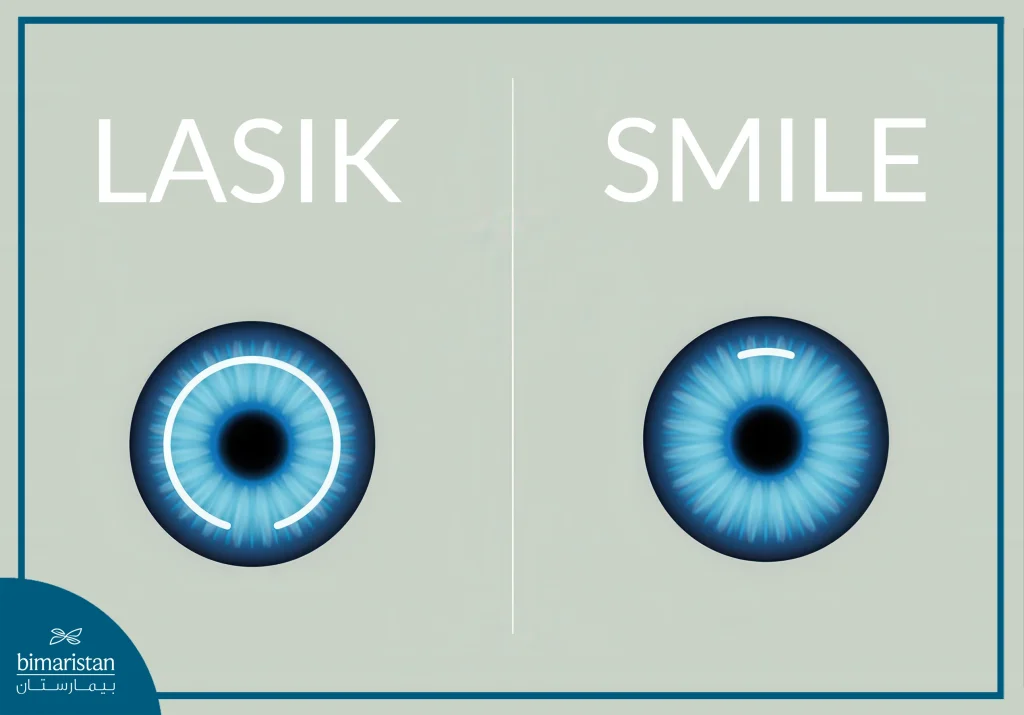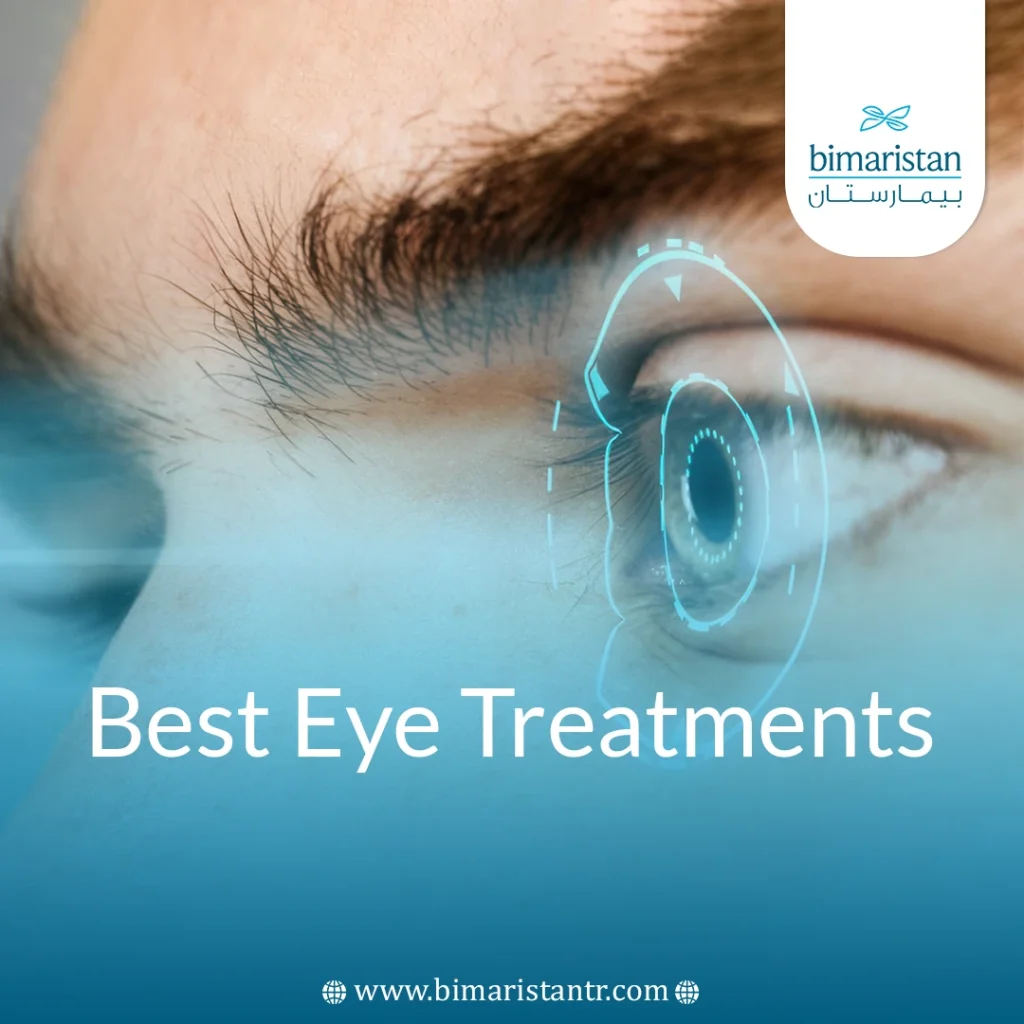With the rise of screen technology and smartphones, eye conditions have become increasingly common, affecting around 40% of the global population. As a result, eye care has rapidly advanced to offer the best eye treatments, helping individuals maintain healthy vision and lead fulfilling lives.
What are the most common eye diseases?
Eye diseases are among the most common health issues people may encounter throughout their lives. These conditions can arise not only from genetic factors but also from aspects related to a person’s occupation or the region where they live. The spectrum of eye diseases can vary significantly, ranging from simple and common ailments to complex and serious conditions. Some of the most important and prevalent eye diseases include:
- Vision defects and refractive errors: Myopia, hyperopia, astigmatism, and presbyopia.
- Cataracts: Proteins inside the lens break down, leading to blurry vision, common in older people
- Age-related macular degeneration: Damage to the central area of the retina called the macula, the area where vision is highest, affecting central visual acuity.
- Diabetic retinopathy: A common condition in diabetics, this is because diabetes causes damage to the blood vessels within the retina, leading to vision loss.
- Glaucoma: A serious disease in which the optic nerve is damaged by high intraocular pressure. It is called glaucoma because patients see blue halos around lights when they have it.
Statistics show that every family in the world has at least one member with one of the common eye diseases.
Best eye treatments by condition
In 2025, ophthalmology is experiencing significant advancements, as there are numerous modern techniques and methods to treat most eye diseases, allowing individuals to maintain sound visual health.
Cataract treatment: Smart lenses
Replacing opaque lenses, which are damaged by protein buildup in cataract patients, with advanced smart lenses can enhance vision beyond conventional options. These include multifocal lenses offering clear sight across all distances without glasses, extended-depth lenses designed with softness to better fit the eye, and smart adjustable lenses, whose strength can be fine-tuned post-implantation using ultraviolet light. These advanced solutions rank among the best eye treatments for managing cataracts, delivering precision and clarity.
Glaucoma treatment: New laser technologies
Selective Laser Trabeculoplasty (SLT) stands out among the best eye treatments for glaucoma in 2025. It works by targeting melanocytes in the trabecular meshwork, the drainage pathway for intraocular fluid, without harming surrounding tissues, allowing better fluid outflow and reducing elevated intraocular pressure (IOP). Other laser options include Micropulse Laser Trabeculoplasty (MLT), Endoscopic Cyclophotocoagulation (ECP), and narrow-angle glaucoma laser Laser peripheral iridotomy (LPI), each offering effective, tailored solutions for managing glaucoma.
Diabetic retinopathy treatment: Anti-VEGF injections
The anti-VEGF injection method is highly effective, utilizing certain drugs such as aflibercept, ranibizumab, and, more recently, vabrisib, which are administered in multiple phases ranging from 3 to 12 weeks. These treatments have been shown to significantly improve diabetic retinopathy.
Vision correction: FemtoLASIK and FemtoSmile
FemtoLASIK and FemtoSMILE are considered among the best eye treatments from the latest laser vision correction techniques. They are known for delivering fast results visible within 24 hours after the procedure. Additionally, they are minimally invasive and have a quick recovery period with few complications.

Advanced eye care technology in 2025
Eye treatment techniques have evolved significantly in 2025, including stem cell therapy to permanently eradicate some incurable diseases. New surgical techniques, such as robot-assisted surgery, have also emerged to ensure accurate results with far fewer errors.
How do you choose the best treatment for your condition?
To select the most appropriate treatment for your situation, it is essential to seek personal medical advice and undergo a series of accurate diagnostic tests to confirm your condition and determine your eligibility for this treatment method. Additionally, it’s important to recognize that certain techniques may not be suitable for all patients. Therefore, treatments must be tailored to each individual’s condition, age, and medical history to achieve the best possible outcomes.
Finally, as ophthalmology technologies advance in 2025, the best eye treatments, including advanced FemtoSmile, Smart LASIK, and adjustable lens implants, offer safer and clearer vision. At Bimarestan Medical Center, we deliver the latest solutions through cutting-edge innovations and a dedicated medical team that prioritizes your eye health.
Sources:
- EyeWiki. (2024). Artificial corneas and bioengineered transplants. American Academy of Ophthalmology.
- National Eye Institute. (2023). Stem cell therapy for age-related macular degeneration: current status.
